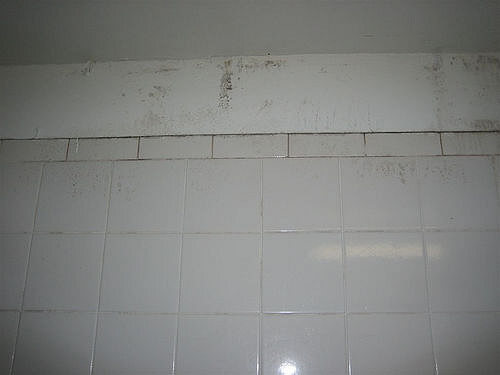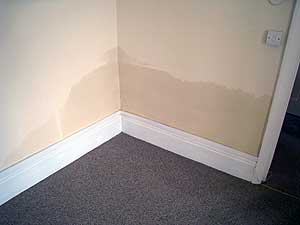Getting Rid of Mould/Damp
If your home is suffering from damp, it may cause mould to appear on the walls, furniture and ceilings, as well as causing wood to rot which can have a very negative impact on your home and your health. The best thing you can do is to try and reduce the amount of moisture in the air as much as possible in order to prevent damp and mould.

Reducing moisture in the air
There are many simple changes you can make within your home to reduce the amount of moisture in the air which may be causing condensation and then damp/mould problems.
- Fit an extractor fan in the kitchen to help circulate the air when cooking
- Open windows when cooking and leave them open for a while after cooking
- Invest in a bathroom extractor fan and open windows after a shower or bath
- Keep your home well heated during the winter months
- Dry your wet washing outside. If you have to dry your clothes indoors, dry them in a room with the door shut and windows open
If there is a more serious problem, such as leaking pipes, roof or guttering, you should try to locate and resolve the problem as quickly as possible. Wherever mould is present will reveal the source of the problem.
Rising damp
If you have a rising damp problem you may notice a clearly defined band of dampness on the wall rising up from the ground. There may be an issue with your damp proof course (the waterproof layer which sits between the bricks in your house) or you may not have one installed at all. You should be able to check if you have a damp proof course by looking at your external wall 6 inches above the ground. If you have a damp proof course you will see a clear line defined there. Finding the cause of rising damp and treating it can be difficult and we suggest you seek help from a professional.

Removing mould
After identifying the source of the damp problem and resolving it, you can get to work removing the build-up of mould. For mould problems caused by sewage or contaminated water you should get a professional to remove it. You should only remove mould yourself if it has been caused by condensation and covers an area of 1x1 metres. Here is how you do it:
- Wear protective clothing such as goggles, long rubber gloves and a face mask
- Open the windows to allow spores to filter out of the house but keep doors to other rooms closed
- Fill a bucket with water and washing up liquid or hand soap
- Using a cloth dipped in the water, gently wipe the mould off of the wall, being careful not to release the mould spores by brushing too rigorously
- Use a dry cloth to dry the wall and then throw all of the cloths away
- Thoroughly clean all surfaces and furniture as well as hoovering to ensure all spores are gone



